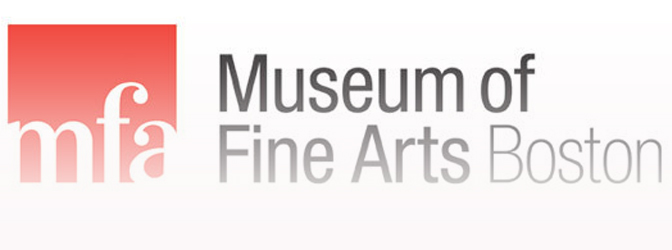Fine Arts and the Social Studies Classroom
The discussion about the value of fine arts in K12 education seems to focus largely on the potential benefits of art on student performance in math and reading (see “Champions of Change: The Impact of the Arts on Learning” & Art IS Education for various views and research). That is an interesting discussion, but social studies teachers know that the arts plays an important role in learning about the past. How can we study cultures from the past without integrating the arts?
The current edition of The Teaching with Primary Sources Journal focuses on teaching with fine and performing arts. The feature article of the edition argues that using primary sources from the fine arts can support student learning across multiple disciplines. I think this idea is intuitive for most teachers. As an educator, you cannot visit an art museum or attend a musical performance without thinking of potential connections to the curriculum. At least that was my experience at the Museum of Fine Arts, Boston (MFA).
I had a chance to visit MFA during the NCSS conference last month. Each gallery I entered filled my head with new ideas on how to incorporate their amazing collection in the social studies classroom. Most teachers in Georgia cannot take their students to Boston to visit MFA, but you can bring the museum to your students through the many digital resources on the MFA website. A word of caution: it is important to be very careful with copyright when using collections from art museums, that is why this entry is short on images. It is always safest to provide links.
Resources for Educators on the Museum of Fine Arts, Boston Website:
- Collections: From the MFA Collections page you can search their database of almost 330,000 object records. Use the search box on the right-hand side. I suggest you start by visiting individual collections to find collection highlights selected by MFA curators and multimedia collection tours.
- Paintings of the America’s : Take advantage of the first online catalogue dedicated to a specific MFA collection. This online resource offers detailed information about the artwork in the Americas wing of MFA. Many of the pieces in the catalogue fit well with United States History standards. See especially chapter four “Painting History.” Videos related to the artwork featured in the publication can be found under the resources tab at the top.
- Nazi-Era Provenance Research: Take advantage of the research done by MFA on the ownership history of artwork in their collection from the years of the Nazi regime and World War II, 1933 to 1945. The stories tracked down my MFA curators on artwork once owned Jews persecuted and murdered by the Nazis offers a powerful connection between art and social studies.
- Distance Learning Programs: For a fee, you can arrange to have a museum educator virtually visit your classroom for an interactive program. Programs are designed to last 45 minutes. Programs would support learning in United States History or World History classes.
- Social Media: Connect with MFA via Facebook, Twitter, YouTube, Instagram, Google +, and Pinterest.
Example: Paul Revere and the Sons of Liberty
To help support a lesson on Paul Revere and the Sons of Liberty you might include an analysis of John Singleton Copley’s portrait of Paul Revere. To provide context you may access the online publication Paintings of the America’s and read the short chapter on John Singleton Copley. Next, you may have students read about the Sons of Liberty Bowl made by Paul Revere in 1768. Finally, you might have students watch a short video about colonial silversmithing on the MFA YouTube channel.
